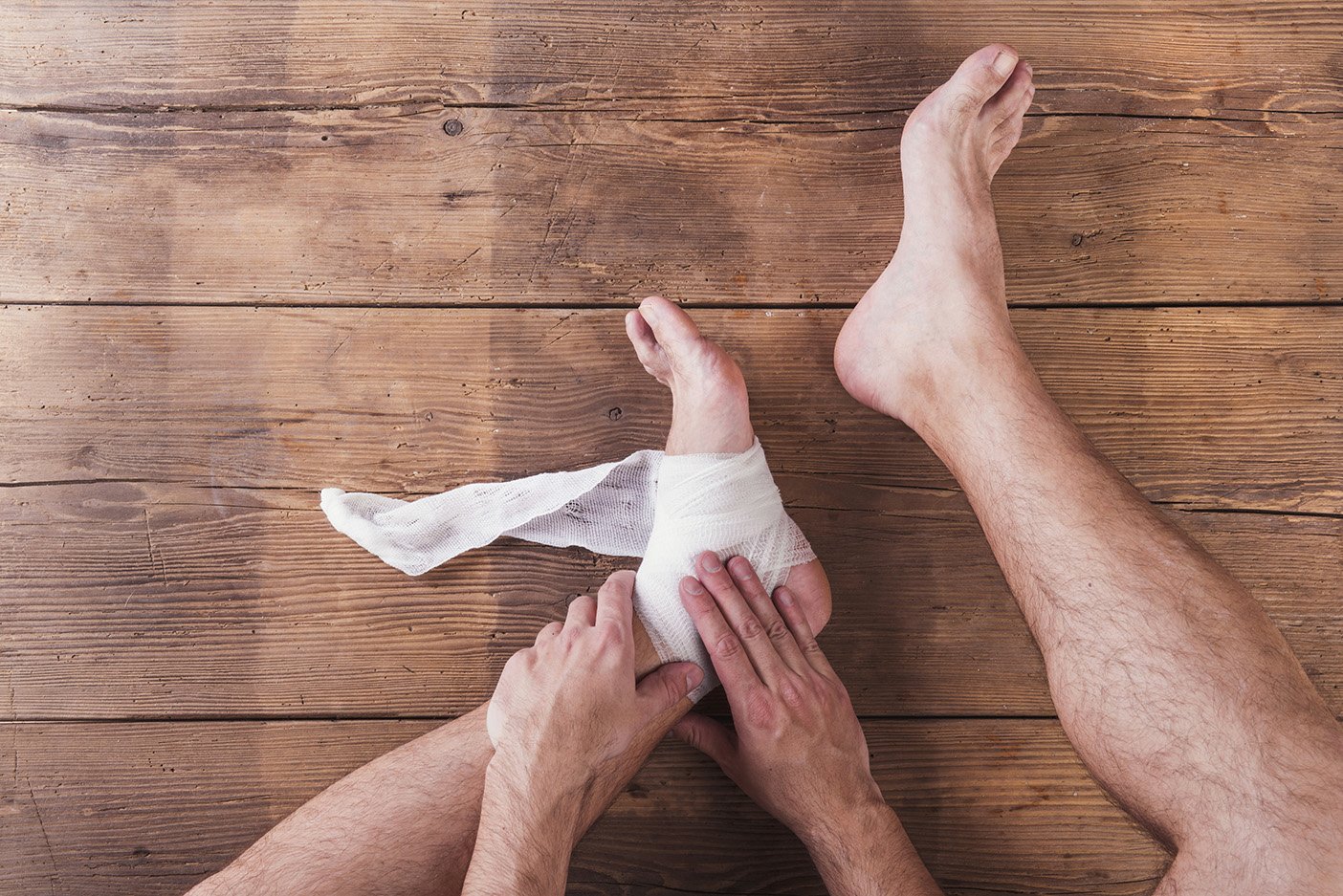
2 Truths and a Lie: Inflammation Rumors that Need to be Addressed
As an athlete, you know that training sessions are, at their core, intended to create minor inflammation. After all, that’s what allows us to build muscle and repair or remove damaged cells. But we’ve noticed some inflammation-related rumors flying around – some correct, some not so much. So we’re addressing them head-on; it’s about time we pass the Inflammation Expert torch onto you. Here are three that we (and maybe you) have heard more than once.
Truth #1: Mental stress now can lead to decreased performance later
Cortisol has earned quite the reputation as ‘The Stress Hormone,’ and for good reason. Originally intended to kick us into ‘fight-or-flight’ mode when we were cohabitating with beasts on the African savannah, cortisol levels spike when the modern human encounters all kinds of stressful situations, ranging from emotional turmoil and inadequate sleep to intense exercise and injury. The result? A suppressed immune system, breakdown of proteins (muscles) for energy, and increased inflammation.
So if you live every day feeling mentally drained or overwhelmed, your cortisol levels have little chance of returning to baseline. As a hormone, cortisol induces side effects all over the body – they’re not just localized to your brain. And since cortisol triggers inflammation, that shoulder that’s been bugging you at the top of every stroke gets further and further away from recovery. And with long-term amplification from cortisol, this seemingly benign tweak can have a malignant effect on your race day results.
The moral of the story? Declutter your brain; practice de-stressing techniques, be it the classic meditation route or something more ‘you’ like unwinding at a concert or having a tech-free day.
And you, the person reading that insists they only need 6 hours of sleep (or less) every night: go to bed! While you might not feel stressed, a lack of adequate sleep can send your brain into panic mode all the same. We need 7-8 hours of rest each night to recover properly from a day’s work. This necessity is even stronger for endurance athletes; while we sleep, certain biological processes (ex. metabolism) slow down, allowing the beneficial processes from inflammation to take center stage.
Truth #2: Localized injuries can lead to full-body inflammation
We get it – as an athlete hoping to dominate an event (or three!), taking time off to nurse an injury might not seem like the best use of your time. If you can power through that achy shoulder enough to perform like the healthy you, why bother, right? Not quite.
First of all, ignoring that injury leaves you susceptible to worse ones down the line – ones that require even more recovery time. And beyond that, the effects of injuries don’t always stay localized, because inflammation breeds inflammation.
Let us explain. If an injury persists for long enough, the inflammation surrounding it causes the production of Reactive Oxygen Species (ROS), otherwise known as free radicals. These ROS wreak havoc on our systems, damaging any molecules they interact with and causing additional inflammation in their wake. And once molecules are bitten with the free radical plague, they too become ROS, perpetuating the cycle. And as inflammation continues to pile up, systemic issues such as a decreased ability to recover from exercise and illness, fatigue, and chronic cortisol activation can arise.
As equally a buzzword as ‘free radicals’ is their adversary: ‘antioxidants.’ By consuming an antioxidant-rich diet, we can mitigate ROS damage and give our cells and muscles a better chance at recovery. Often times, antioxidants are associated with certain pigments in foods: Xanthophylls, for example, exist in yellow foods like bell peppers, egg yolks, and green leafy vegetables (which become yellow once chlorophyll degrades). Carotenes are more common in red or orange foods like carrots, sweet potatoes, and tomatoes.
Choose foods high in Vitamins A (red and orange plants), C (citrus, broccoli, bell peppers), and E (nuts and seeds), as all three have antioxidative effects. Our bodies are also inherently equipped with antioxidative enzymes, but they require minerals like zinc (meat, whole grains) and copper (shellfish, whole grains) to function properly.
Lie: You should pop some ibuprofen and take an ice bath to repair muscles after especially tough training sessions
As we discussed, we want training to induce moderate amounts of inflammation in order to remove or repair damaged cells. But for this to happen, a complex cascade of signals needs to take place. Nonsteroidal anti-inflammatory drugs (NSAIDs) like Advil and Motrin do what their name implies – prevent inflammation; they restrict the synthesis of prostaglandin (a key link in the inflammation chain), limiting muscular damage control.
Additionally, inflammatory response molecules travel by way of blood vessels. Therefore the less blood flow to an area, the less molecules can arrive at a muscular job site. So cold temperatures, like what you’d experience with an ice bath, can severely constrict blood vessels – thereby limiting inflammation benefits.
NSAIDs and ice baths do have their place, however; their inflammation-dampening effects allow you to bounce back faster than normal. Harness these effects after race days, especially if you have another competition approaching quickly.
*These posts were written by InsideTracker. The individual results from your test will determine the proper recommendations. The recommendations shared are specific to each person, but provide an inside look into the types of recommendations provided by InsideTracker.
Follow us on Facebook, Twitter and Instagram for all of the latest Garmin Fitness announcements, news and stories.




